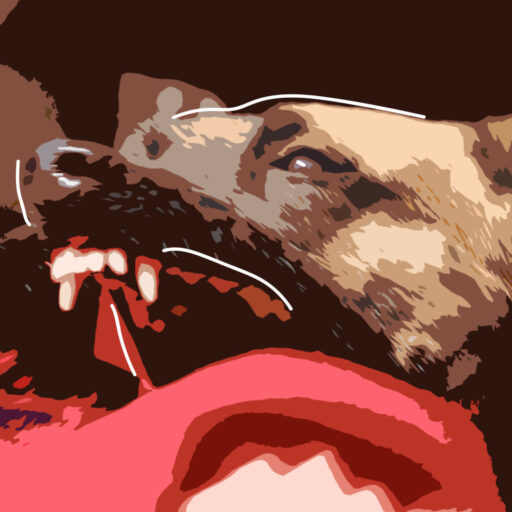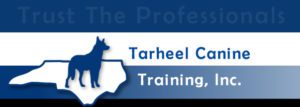In this episode, Jerry Bradshaw discusses:
-
Hard surface training for the most successful tracking.
-
Creating an independent problem solver in your dog.
-
Common issues in tracking.
-
Drills and approaches to shore up your tracking foundation and the problems you are facing.
-
Why laying a good track is a critical skill.
Key Takeaways:
-
Returning to foundational drills is not a bad thing – it is returning to basics to keep your tracking training progressing forward.
-
One of the first things to train in tracking is pace—this will be different from dog to dog, but our job in training is to create a nice, even pace given the dogs temperament, characteristics, etc.
-
Get rid of the large rewards at the end of the track – value the track itself. You need a variable reward system on the track.
-
Don’t get lazy when laying your tracks. If you’re always doing large articles, the dog will start to look for those instead of the potentially higher-value, small articles.
-
Your dog is not too slow. Deliberate is a good pace.
“This is going to be the life cycle of your tracking – tighten them up, they’re going to get looser. Tighten them up again, they’re going to get looser. You have to have these go-to’s to always reel that dog back in and make him tighter.” — Jerry Bradshaw
Get Jerry’s book Controlled Aggression on Amazon.com
Contact Jerry:
Find us on social:
Youtube, Twitter, Instagram, Facebook,
PSA (Protection Sports Association)
Slideshare: Tarheel Canine
Thanks to our sponsors:
PSA & American Schutzhund
Aaron’s Superior Canine Email
Train hard, train smart, be safe.
Show notes by Podcastologist Chelsea Taylor-Sturkie
Audio production by Turnkey Podcast Productions. You’re the expert. Your podcast will prove it.


